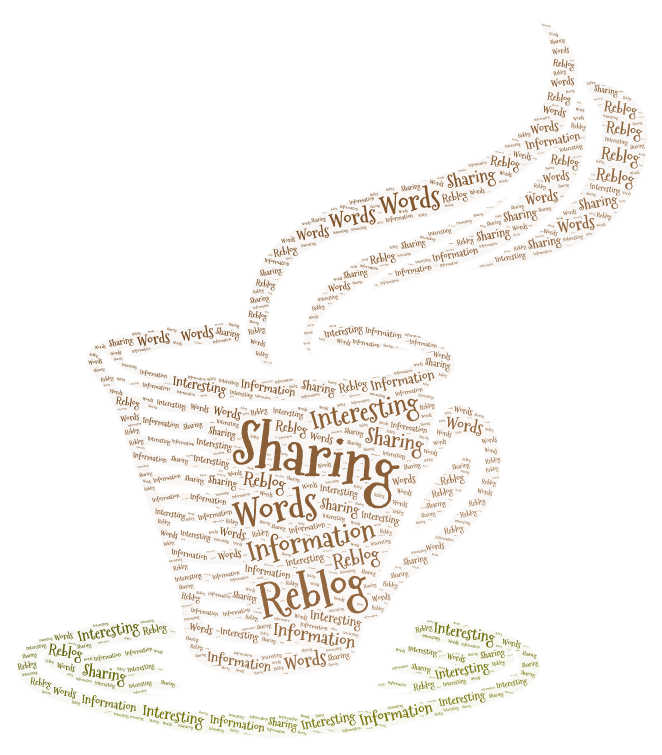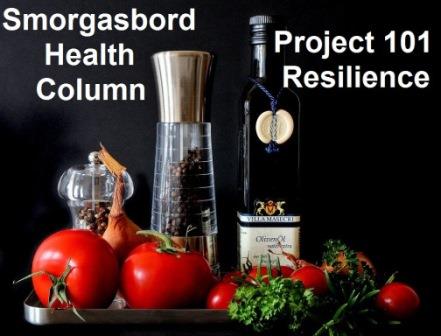My good friend and multi-talented author AND Nutritional Therapist, Sally Cronin, has a few new series and promotions going on at her Smorgasbord for 2021, so I wanted to share with everyone because she invites you all over and will even promote your books in her vast Smorgasbord Cafe and Bookstore!
In this reblog, Sally is setting the year off to a healthy start. Sally has been updating her book -Turning Back the Clock, and sharing some of her excellent articles on how to maintain good health through aging. AND, she is offering a FREE copy of her book, Size Matters, and all you have to do is email her your request! Have a look!
Smorgasbord Health Column – Turning Back the Clock 2021- Anti-Aging without the Botox by Sally Cronin

Background to the series.
Sixteen years ago I had a series on radio called Turning Back the Clock, which I presented in response to listeners in their 50’s and 60’s looking for rejuvenation and tips on staying young. Like me they were exasperated by the claims of the cosmetic industry that the various ingredients in their products could knock ten years off their age. I was asked to design a diet that would help reverse the signs of aging and this developed into a weekly challenge that was undertaken by nearly 100 listeners. The series became a book in 2010.
I try to practice what I preach! And certainly so far I have managed to maintain healthy key indicators such as blood pressure, blood sugar levels and cholesterol without medication, much to the surprise of my doctor!
In my opinion the answer to turning back the clock by several years is to consider and address a number of factors which include physical, emotional and mental age markers.
I wish that I could say that my internal key indicators were reflected in a wrinkle free face and perky underarms… However, recently when I mentioned my age to a cashier in the supermarket, she uttered the wondrous words ‘I don’t believe it’. I have to say that wearing a mask does have an upside.
There are some downsides to getting older however, and this is to do with our operating systems. Much like an older model of car, things begin to seize up, the petrol does not seem to be able to ignite quite so much power under the bonnet, and parts seem to need replacing much more often.
For example: The Digestive System as we get older.
- We don’t taste foods in the same way, requiring more sugar and salt. Certainly fueling a rise in diabetes and certain other sugar related health issues.
- Our appetites change, unless we continue to be very active. We eat less, reducing the amount of nutrients we consume.
- Our systems are not as efficient, so the nutrients we do consume are not processed as effectively as they need to be.
- We begin to suffer from nutritional deficiencies which lead to more age related health issues.
That is just one area that focusing attention may increase energy and improve common age related health issues.
During this series I am going to be looking at the physical, mental and emotional elements that contribute to the aging process.
We have all met people in their 30’s who already seem staid and middle aged and it has nothing to do with the wrinkles on their faces. A positive attitude to life is key if you are to beat the clock and how you interact with the rest of the human race will determine your real age.
Certainly our diet plays a part in the health and fitness of our bodies but it is also about our emotional health and how we feel about ourselves that can make all the difference when looking in the mirror. A smile can knock years off as people are deflected from any lines you might have around your eyes.
Why do we all want to stop the aging process?
It is not just about the way we look. Most of us will develop grey hair, expanding waistlines, wrinkles and a somewhat world weary appearance. Of course this is important but at the end of the day no-one is unique and everyone will face this process one day.
I don’t believe that we can stop the aging process, and unfortunately in this modern world, that aging process is accompanied in most cases with degenerative diseases of the body and the mind. Poor quality of life and a dependence on prescription drugs to get us through the last 10, 20 or even 30 years of our lives. However, I do believe that we can slow the process down and ensure that we are as pain free and as vital as possible to the very end.
Now that I am 68, I realise even more, that our age is not just about wrinkles on our faces but the way we approach life and others mentally and emotionally. I want the next twenty to thirty years (and more if I have a good quality of life!) to be fun, and full of new experiences and great people. I have often said that if I get to 100, I will take up some of the habits I gave up to get there!!! . . .
Please hop over to Sally’s blog post, and don’t forget to request your free copy of her book – Size Matters.
– Keeping the PH Balance in our body, optimum

Original Source: Smorgasbord Health Column – Turning Back the Clock 2021- Anti-Aging without the Botox by Sally Cronin | Smorgasbord Blog Magazine
©DGKaye2021













